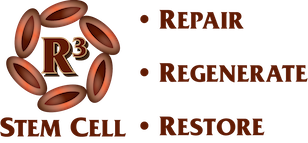Stem Cell Therapy for the Shoulder
The shoulder is a complex joint with dynamically composed muscles, tendons, and ligaments. Shoulder pain from various conditions can be debilitating and affect ability to perform daily activities. The use of stem cells in the regeneration of musculoskeletal tissue is a new innovative treatment. Stem cells are being used for cartilage regeneration, management of shoulder tendinopathies, as well as for treatment of muscle lesions and bone defects.
